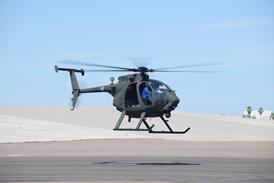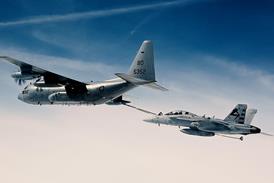Boeing engineers are considering the use of the F-1 first stage engine of the giant Saturn 5 booster that launched Apollo to the Moon to power a new fly-back booster for the Space Shutle.
The company's Space Systems division - formerly Rockwell Space - has been awarded a $1million contract from Nasa to consider the design of a new fly-back liquid booster for the Space Shuttle that will replace its existing solid rocket boosters. The solid boosters parachute into the sea and elements are reused.
Contract
Boeing and Lockheed Martin, which also has a similar contract, will look at options for a totally reusable liquid booster that will be able to fly back automatically to the Kennedy Space Centre's Shuttle runway after launch.
Five F-1 first stage engines were used on the Saturn 5, generating a total lift-off thrust of 7.5 million pounds.
The last Saturn 5 flew in 1973 to loft the Skylab space station into orbit.
The 1.5 million pound thrust F-1 is one of a number of possible engines that are being considered by Boeing in its Liquid Fly Back booster programme.
The booster will have to replicate the attachments and loads of the existing booster to save costs, and would have to be equipped with turbofan engines to enable it to perform the turnaround and flight back to base, about nine minutes after separating from the Shuttle about 2min after launch.
If the programme proceeds, the boosters are unlikely to fly until after 2000.
Source: Flight Daily News























